 Search by Keyword
Sign Up Below for our MONTHLY BEATLES TRIVIA QUIZ!
|
“SGT. PEPPER’S LONELY HEARTS CLUB BAND”
(SMAS 2653)
Released June 2nd, 1967
 The Beatles had been bitten by the studio experimentation bug! Their great thirst for sonic improvements on their recordings, as well as their new imaginative exploits into Eastern music and drugs, led them to what became the creative high point of their career up to that point; namely the album “Revolver.” This critically acclaimed release, as well as its earlier single “Paperback Writer” backed with “Rain,” left them very satisfied and eager for what new boundaries could be expanded upon or broken entirely. That is, if they had the time to do so. The Beatles had been bitten by the studio experimentation bug! Their great thirst for sonic improvements on their recordings, as well as their new imaginative exploits into Eastern music and drugs, led them to what became the creative high point of their career up to that point; namely the album “Revolver.” This critically acclaimed release, as well as its earlier single “Paperback Writer” backed with “Rain,” left them very satisfied and eager for what new boundaries could be expanded upon or broken entirely. That is, if they had the time to do so.
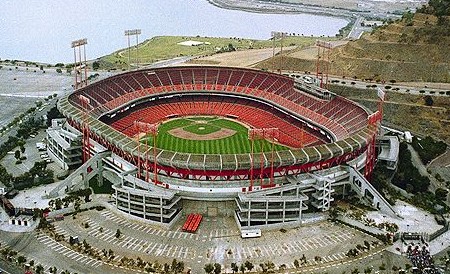 “We spend more time on recording now, because we prefer recording.” This quote from George Harrison in 1966 was shared between the four of them – so much so that it was a good part of the reason the 1966 US tour was the final tour of their career. “We all agreed that maybe going into recording would be the new thing to turn us all on,” Paul remembers about their attitude towards touring after their final performance at San Francisco’s Candlestick Park, August 29th, 1966. “We spend more time on recording now, because we prefer recording.” This quote from George Harrison in 1966 was shared between the four of them – so much so that it was a good part of the reason the 1966 US tour was the final tour of their career. “We all agreed that maybe going into recording would be the new thing to turn us all on,” Paul remembers about their attitude towards touring after their final performance at San Francisco’s Candlestick Park, August 29th, 1966.
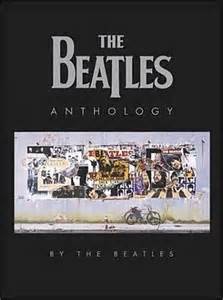 Ringo sums it up nicely in this quote from the “Anthology” book: “After deciding not to tour I don’t think we cared a damn. We’d been having more fun in the studio, as you can hear from ‘Revolver’ and ‘Rubber Soul.’ As it was building up, it was getting more experimental. We were starting to spend more time there, and the songs were getting better and more interesting. Instead of being pulled out of the studio to go on the road, we could now spend time there and relax.” Ringo sums it up nicely in this quote from the “Anthology” book: “After deciding not to tour I don’t think we cared a damn. We’d been having more fun in the studio, as you can hear from ‘Revolver’ and ‘Rubber Soul.’ As it was building up, it was getting more experimental. We were starting to spend more time there, and the songs were getting better and more interesting. Instead of being pulled out of the studio to go on the road, we could now spend time there and relax.”
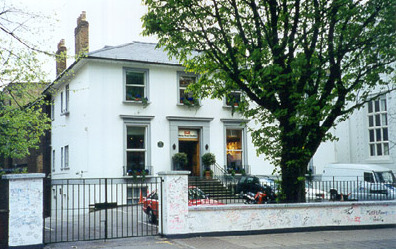 Therefore, after their final concert tour, and after nearly a three month period for vacations and/or independent projects to clear their heads, the band was back in the EMI Studios on November 24th, 1966 to hone their recording craft without any other pressing commitments to be concerned with. Their full attention could be placed on their work. Under these conditions, the result was “Sgt. Pepper’s Lonely Hearts Club Band.” And the whole world took notice! Therefore, after their final concert tour, and after nearly a three month period for vacations and/or independent projects to clear their heads, the band was back in the EMI Studios on November 24th, 1966 to hone their recording craft without any other pressing commitments to be concerned with. Their full attention could be placed on their work. Under these conditions, the result was “Sgt. Pepper’s Lonely Hearts Club Band.” And the whole world took notice!
Origin Of The Album
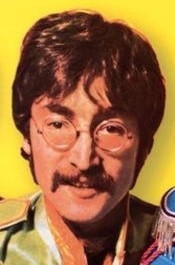 “’Sgt. Pepper’ is Paul, after a trip to America,” related John Lennon in 1967. “The whole West Coast long-named group thing was coming in, when people were no longer ‘The Beatles’ or ‘The Crickets’ – they were suddenly ‘Fred And His Incredible Shrinking Grateful Airplanes.’ I think he got influenced by that. He was trying to put some distance between The Beatles and the public – and so there was this identity of Sgt. Pepper. Intellectually, that’s the same thing he did by writing ‘She Loves You’ instead of ‘I love you.’” “’Sgt. Pepper’ is Paul, after a trip to America,” related John Lennon in 1967. “The whole West Coast long-named group thing was coming in, when people were no longer ‘The Beatles’ or ‘The Crickets’ – they were suddenly ‘Fred And His Incredible Shrinking Grateful Airplanes.’ I think he got influenced by that. He was trying to put some distance between The Beatles and the public – and so there was this identity of Sgt. Pepper. Intellectually, that’s the same thing he did by writing ‘She Loves You’ instead of ‘I love you.’”
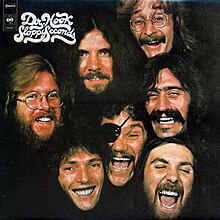 "It was an idea I had, I think, when I was flying from L.A. to somewhere,” Paul remembered in 1984. “I thought it would be nice to lose our identities, to submerge ourselves in the persona of a fake group. We would make up all the culture around it and collect all our heroes in one place. So I thought, a typical stupid-sounding name for a Dr. Hook's Medicine Show and Traveling Circus kind of thing would be 'Sgt. Pepper's Lonely Hearts Club Band.' Just a word game, really." And so the germ of an idea was born. "It was an idea I had, I think, when I was flying from L.A. to somewhere,” Paul remembered in 1984. “I thought it would be nice to lose our identities, to submerge ourselves in the persona of a fake group. We would make up all the culture around it and collect all our heroes in one place. So I thought, a typical stupid-sounding name for a Dr. Hook's Medicine Show and Traveling Circus kind of thing would be 'Sgt. Pepper's Lonely Hearts Club Band.' Just a word game, really." And so the germ of an idea was born.
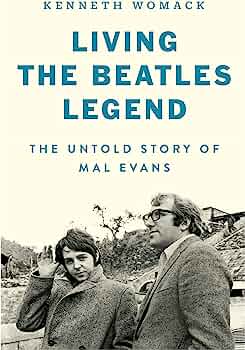 The flight mentioned above appears to be a return trip, Paul with roadie Mal Evans, from Nairobi to London in November of 1966. It is reported that the name of the fictional band came from Mal innocently asking what the “S” and “P” stood for on the pots of their meal trays. When Paul identified them as "salt" and "pepper," this eventually lead to “Sgt. Pepper” and the beginning of Paul’s brainstorm. According to Kenneth Womack's book "Living The Beatles Legend: The Untold Story Of Mal Evans," the roadie recalled "they had first settled on 'Doctor Pepper's Lonely Hearts Club Band' as the name of the fictitious group, only to realize that 'Dr. Pepper' was already a registered trademark. This necessitated additional brainstorming, which produced 'Captain Pepper' before (Paul and Mal) finally arrived at 'Sgt. Pepper.'" In Paul's 2021 Hulu series "McCartney 3,2,1," Paul remembers this event a little differently. "I was on a plane with our roadie and we were eating and he asid, 'can you pass the salt and pepper?' And I thought he said, 'Sgt. Pepper.' I said, 'What?' He said, 'salt and pepper.' I said, 'Oh, I thought you said, 'Sgt. Pepper!' So we had a laugh about that and the more I thought about it, I said, 'Sgt. Pepper, that's kind of a cool character.'" The flight mentioned above appears to be a return trip, Paul with roadie Mal Evans, from Nairobi to London in November of 1966. It is reported that the name of the fictional band came from Mal innocently asking what the “S” and “P” stood for on the pots of their meal trays. When Paul identified them as "salt" and "pepper," this eventually lead to “Sgt. Pepper” and the beginning of Paul’s brainstorm. According to Kenneth Womack's book "Living The Beatles Legend: The Untold Story Of Mal Evans," the roadie recalled "they had first settled on 'Doctor Pepper's Lonely Hearts Club Band' as the name of the fictitious group, only to realize that 'Dr. Pepper' was already a registered trademark. This necessitated additional brainstorming, which produced 'Captain Pepper' before (Paul and Mal) finally arrived at 'Sgt. Pepper.'" In Paul's 2021 Hulu series "McCartney 3,2,1," Paul remembers this event a little differently. "I was on a plane with our roadie and we were eating and he asid, 'can you pass the salt and pepper?' And I thought he said, 'Sgt. Pepper.' I said, 'What?' He said, 'salt and pepper.' I said, 'Oh, I thought you said, 'Sgt. Pepper!' So we had a laugh about that and the more I thought about it, I said, 'Sgt. Pepper, that's kind of a cool character.'"
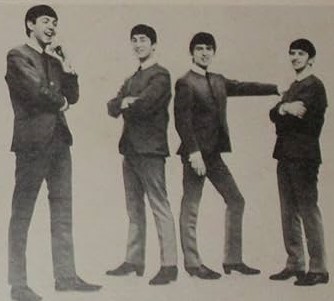 "We were fed up with being Beatles,” Paul explained in 1994. “We really hated that f*cking four little mop-top boys approach. We were not boys, we were men. It was all gone, all that boy sh*t, all that screaming, we didn't want anymore, plus we'd now got turned on to pot and thought of ourselves as artists, not just performers. Then suddenly on the plane I got this idea. I thought, 'Let's not be ourselves. Let's develop alter egos so we're not having to project an image which we know. It would be much more free.'" "We were fed up with being Beatles,” Paul explained in 1994. “We really hated that f*cking four little mop-top boys approach. We were not boys, we were men. It was all gone, all that boy sh*t, all that screaming, we didn't want anymore, plus we'd now got turned on to pot and thought of ourselves as artists, not just performers. Then suddenly on the plane I got this idea. I thought, 'Let's not be ourselves. Let's develop alter egos so we're not having to project an image which we know. It would be much more free.'"
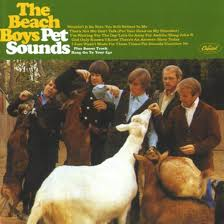 Although the musical influences were many on the resulting album, one seemed to be the catalyst to the whole project. “The big influence was ‘Pet Sounds’ by The Beach Boys. That was the album that flipped me,” Paul related in 1980. “The music invention on that album was, like, ‘Wow!’ That was the big thing for me. I just thought, ‘Oh dear me. This is the album of all time. What the hell are we going to do?’ So, ‘Sgt. Pepper’ eventually came out, basically, from the idea that I had about this band. It was going to be an album of another band that wasn’t us. We were going to call ourselves something else, and just imagine all the time that it wasn’t us playing this album.” Although the musical influences were many on the resulting album, one seemed to be the catalyst to the whole project. “The big influence was ‘Pet Sounds’ by The Beach Boys. That was the album that flipped me,” Paul related in 1980. “The music invention on that album was, like, ‘Wow!’ That was the big thing for me. I just thought, ‘Oh dear me. This is the album of all time. What the hell are we going to do?’ So, ‘Sgt. Pepper’ eventually came out, basically, from the idea that I had about this band. It was going to be an album of another band that wasn’t us. We were going to call ourselves something else, and just imagine all the time that it wasn’t us playing this album.”
Recording The Album
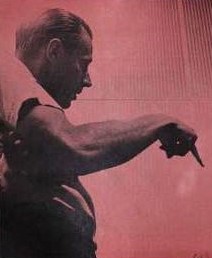 With the name suggested, and its full acceptance by the other Beatles, the loose concept was integrated into the new recording sessions that were already underway. With concert performances now put behind them, a whole new approach to creating music was developed. “When I first started in the music business,” producer George Martin recalls, “the ultimate aim for everybody was to try and recreate, on record, a live performance as accurately as possible. Then we realized that we could do something other than that…So, without being too pompous, we decided to go into another kind of art form, where we are devising something that couldn’t be done any other way. We were putting something down on tape that could only be done on tape.” With the name suggested, and its full acceptance by the other Beatles, the loose concept was integrated into the new recording sessions that were already underway. With concert performances now put behind them, a whole new approach to creating music was developed. “When I first started in the music business,” producer George Martin recalls, “the ultimate aim for everybody was to try and recreate, on record, a live performance as accurately as possible. Then we realized that we could do something other than that…So, without being too pompous, we decided to go into another kind of art form, where we are devising something that couldn’t be done any other way. We were putting something down on tape that could only be done on tape.”
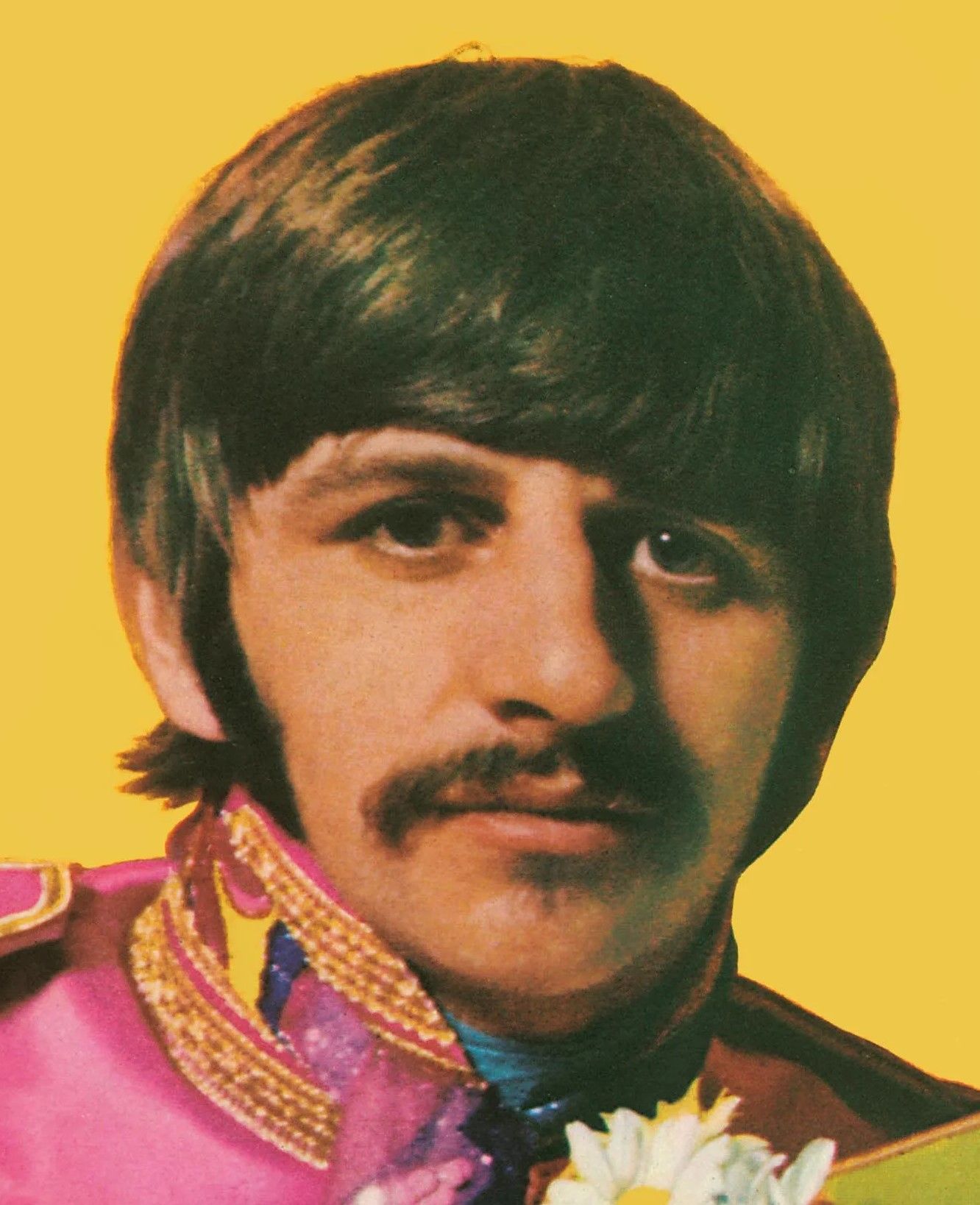 "Sgt Pepper is one of the most important steps in our career. It had to be just right,” stated John Lennon in 1967. Ringo recalls, "’Sgt. Pepper’ was our grandest endeavor. It gave everybody, including me, a lot of leeway to come up with new ideas and to try different material. The great thing about the band was that whoever had the best idea (it didn’t matter who), that would be the one we’d use. No one was standing on their ego, saying, ‘Well, it’s mine,’ and getting possessive. Always the best was used…Anything could happen, and that was an exciting process. I got to hang out and listen to it unfolding." "Sgt Pepper is one of the most important steps in our career. It had to be just right,” stated John Lennon in 1967. Ringo recalls, "’Sgt. Pepper’ was our grandest endeavor. It gave everybody, including me, a lot of leeway to come up with new ideas and to try different material. The great thing about the band was that whoever had the best idea (it didn’t matter who), that would be the one we’d use. No one was standing on their ego, saying, ‘Well, it’s mine,’ and getting possessive. Always the best was used…Anything could happen, and that was an exciting process. I got to hang out and listen to it unfolding."
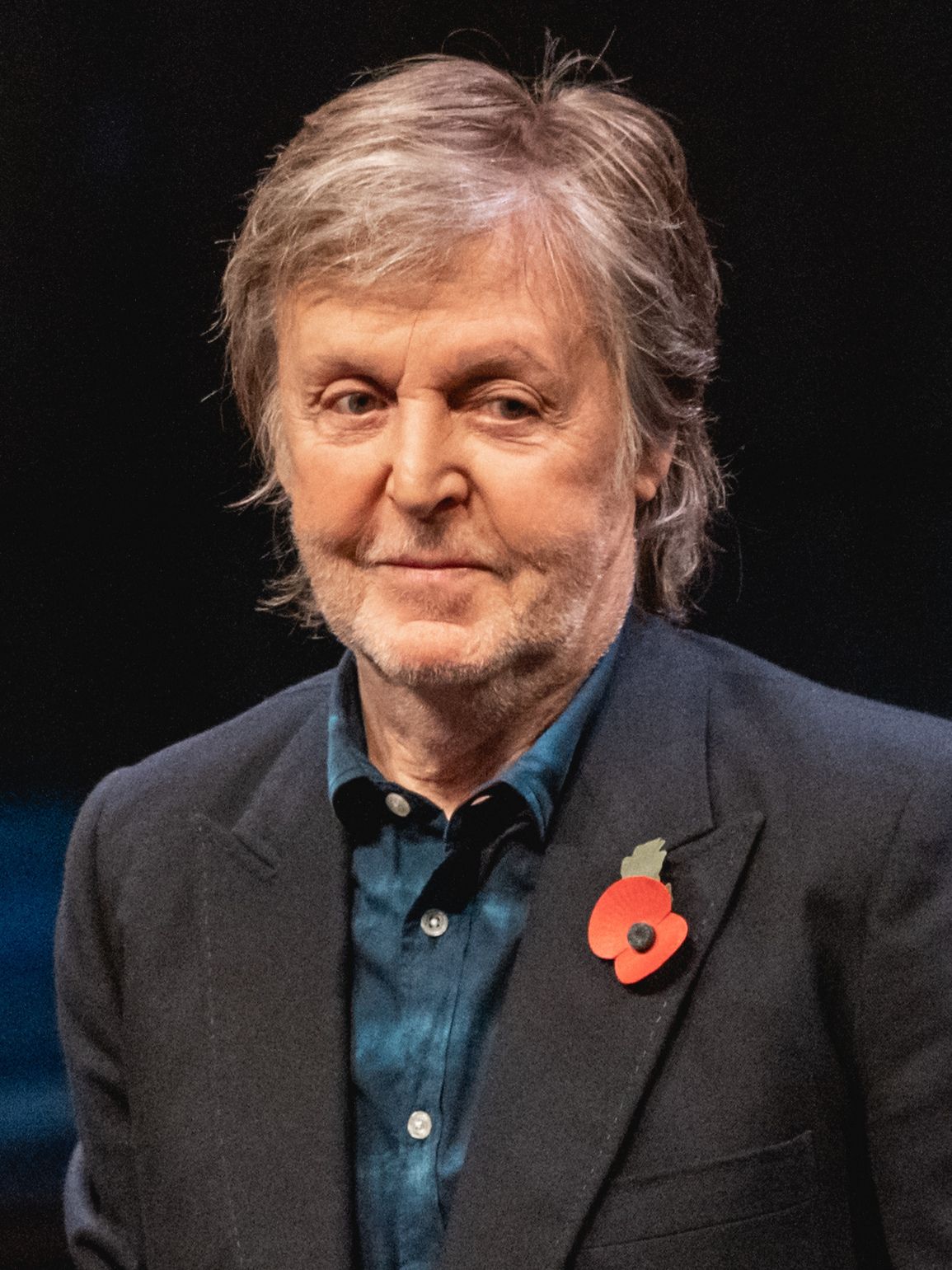 In Paul's popular 2021 Hulu series "McCartney 3,2,1," he explains: "The music papers were starting to say, 'What's happening to The Beatles? They've dried up!' But we're busily working away in Abbey Road, tink tink, like little Snow White's elves, tink tink tink" In Paul's popular 2021 Hulu series "McCartney 3,2,1," he explains: "The music papers were starting to say, 'What's happening to The Beatles? They've dried up!' But we're busily working away in Abbey Road, tink tink, like little Snow White's elves, tink tink tink"
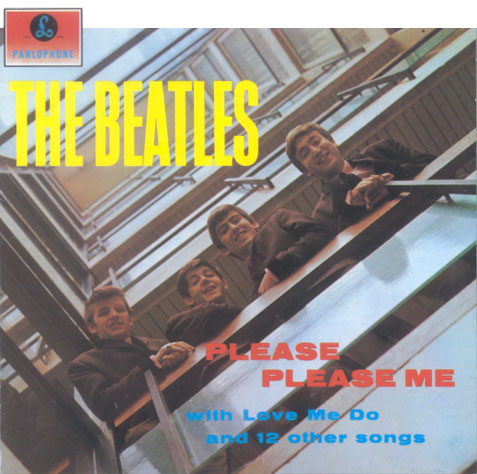 The sessions for the album began on November 24th, 1966 and continued all the way until April 21st, 1967, totaling approximately 700 hours. This was a giant leap from the 9 hour and 45 minute single session on February 11th, 1963 used to record ten of the fourteen tracks for their first album, “Please Please Me.” Then again, this early album was a necessary diversion from their primary occupation, the concert stage. How their priorities had changed in only three-and-a-half short years! The sessions for the album began on November 24th, 1966 and continued all the way until April 21st, 1967, totaling approximately 700 hours. This was a giant leap from the 9 hour and 45 minute single session on February 11th, 1963 used to record ten of the fourteen tracks for their first album, “Please Please Me.” Then again, this early album was a necessary diversion from their primary occupation, the concert stage. How their priorities had changed in only three-and-a-half short years!
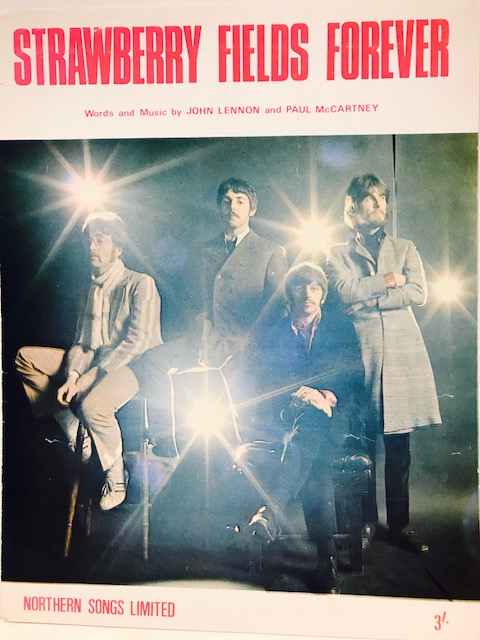 Two of the first three songs they recorded during these latest sessions were whisked away for their next single, namely “Strawberry Fields Forever” and “Penny Lane,” these never appearing the album they were intended for. However, the group's creativity continued heightening as the weeks progressed, recording fourteen other songs that all (with the exception of George’s “Only A Northern Song”) ended up gracing the finished album. Two of the first three songs they recorded during these latest sessions were whisked away for their next single, namely “Strawberry Fields Forever” and “Penny Lane,” these never appearing the album they were intended for. However, the group's creativity continued heightening as the weeks progressed, recording fourteen other songs that all (with the exception of George’s “Only A Northern Song”) ended up gracing the finished album.
 Working in the studio with a brand new experimental atmosphere was exciting but quite challenging, as explained by George Harrison in 1967: "Now that we only play in the studios, and not anywhere else, we have less of a clue what we're going to do. Now when we go into the studio we have to start from scratch, just thrashing it out and doing it the hard way. If Paul has written a song, he comes into the studio with it in his head. It's very hard for him to give it to us, and for us to get it. When we suggest something, it might not be what he wants because he hasn't got it in his head like that. So it takes a long time. Nobody knows what the tunes sound like until we've recorded them and listen to them afterwards.” Working in the studio with a brand new experimental atmosphere was exciting but quite challenging, as explained by George Harrison in 1967: "Now that we only play in the studios, and not anywhere else, we have less of a clue what we're going to do. Now when we go into the studio we have to start from scratch, just thrashing it out and doing it the hard way. If Paul has written a song, he comes into the studio with it in his head. It's very hard for him to give it to us, and for us to get it. When we suggest something, it might not be what he wants because he hasn't got it in his head like that. So it takes a long time. Nobody knows what the tunes sound like until we've recorded them and listen to them afterwards.”
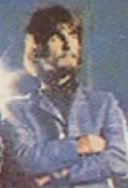 Although appearances made it seem that the group was unified in their direction for the new album, George was actually more distanced during these sessions. Paul McCartney’s recollections in 1980 about those recording dates were: “George wasn’t very involved in that album. He just had one song, really. It’s the only time during the whole album, the main time, I remember him turning up.” Although appearances made it seem that the group was unified in their direction for the new album, George was actually more distanced during these sessions. Paul McCartney’s recollections in 1980 about those recording dates were: “George wasn’t very involved in that album. He just had one song, really. It’s the only time during the whole album, the main time, I remember him turning up.”
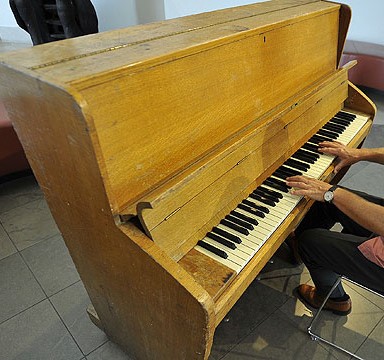 George recalls, “I felt we were just in the studio to make the next record, and Paul was going on about this idea of some fictitious band. That side of it didn’t really interest me…It was becoming difficult for me, because I wasn’t really that into it. Up to that time, we had recorded more like a band; we would learn the songs and then play them…’Sgt. Pepper’ was the one album where things were done slightly different. A lot of the time it ended up with just Paul playing the piano and Ringo keeping the tempo, and we weren’t allowed to play as a band so much. It became an assembly process – just little parts and then overdubbing – and so for me it became a bit tiring and a bit boring…I’d just got back from India, and my heart was still out there…The trips to India had really opened me up…I’d been let out of the confines of the group, and it was difficult for me to come back into the sessions…It was a job, like doing something I didn’t really want to do, and I was losing interest in being ‘fab’ at that point.” George recalls, “I felt we were just in the studio to make the next record, and Paul was going on about this idea of some fictitious band. That side of it didn’t really interest me…It was becoming difficult for me, because I wasn’t really that into it. Up to that time, we had recorded more like a band; we would learn the songs and then play them…’Sgt. Pepper’ was the one album where things were done slightly different. A lot of the time it ended up with just Paul playing the piano and Ringo keeping the tempo, and we weren’t allowed to play as a band so much. It became an assembly process – just little parts and then overdubbing – and so for me it became a bit tiring and a bit boring…I’d just got back from India, and my heart was still out there…The trips to India had really opened me up…I’d been let out of the confines of the group, and it was difficult for me to come back into the sessions…It was a job, like doing something I didn’t really want to do, and I was losing interest in being ‘fab’ at that point.”
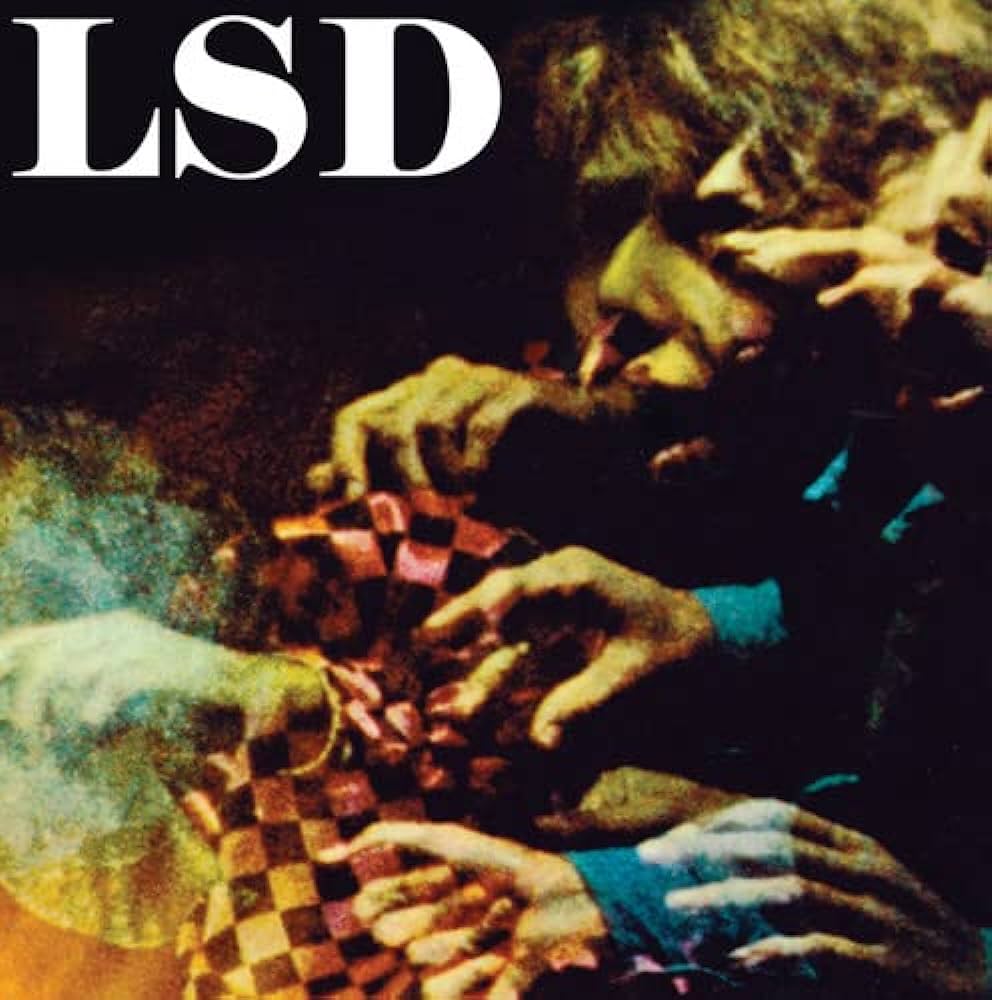 Despite rumors otherwise, the recording sessions for “Sgt. Pepper” were relatively drug free – hard drugs, anyway. “I never took it (LSD) in the studio,” said John, although he does go on to relate in detail how he once took the drug accidentally during that time. “We didn’t really shove the LP full of pot and drugs,” Lennon stated in 1968, "but, I mean, there was an effect. We were more consciously trying to keep it out. You wouldn’t say, ‘I had some acid, baby, so groovy,’ but there was a feeling that something had happened between ‘Revolver’ and ‘Sgt. Pepper.’" Interestingly, in Paul's Hulu "McCartney 3,2,1" documentary series, he describes the "Sgt. Pepper" album by saying: "It was intentionally a sort of fun album for the high times." Despite rumors otherwise, the recording sessions for “Sgt. Pepper” were relatively drug free – hard drugs, anyway. “I never took it (LSD) in the studio,” said John, although he does go on to relate in detail how he once took the drug accidentally during that time. “We didn’t really shove the LP full of pot and drugs,” Lennon stated in 1968, "but, I mean, there was an effect. We were more consciously trying to keep it out. You wouldn’t say, ‘I had some acid, baby, so groovy,’ but there was a feeling that something had happened between ‘Revolver’ and ‘Sgt. Pepper.’" Interestingly, in Paul's Hulu "McCartney 3,2,1" documentary series, he describes the "Sgt. Pepper" album by saying: "It was intentionally a sort of fun album for the high times."
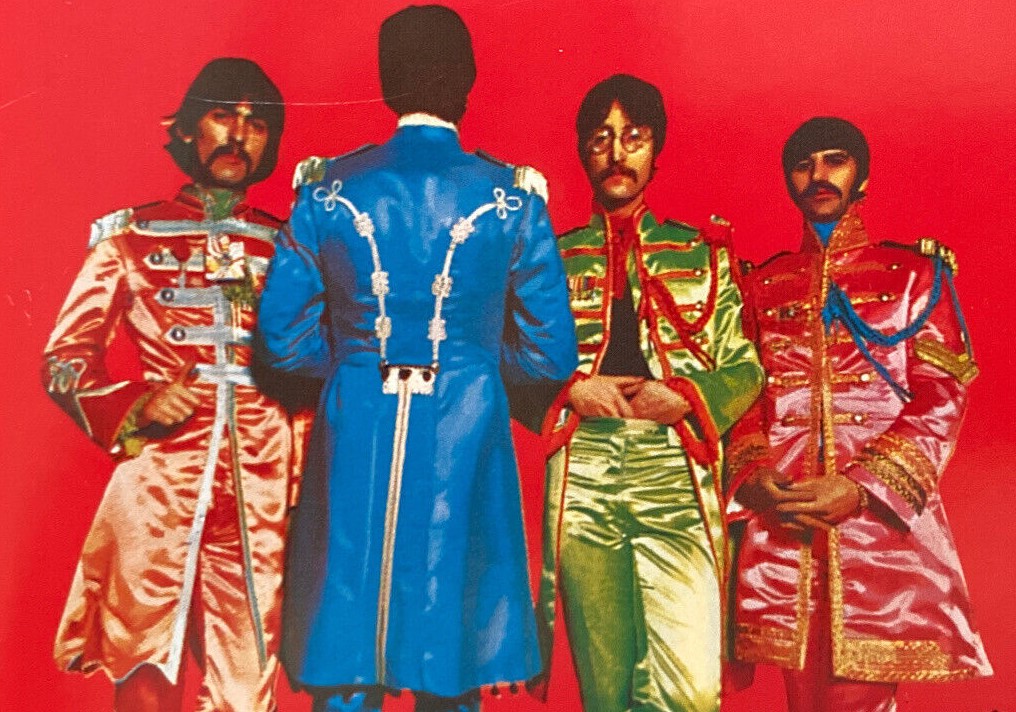 John also has this to say about the album being wrapped together into a uniform concept: “’Sgt Pepper is called the first concept album, but it doesn’t go anywhere. All my contributions to the album have absolutely nothing to do with this idea of Sgt. Pepper and his band, but it works, because we said it worked, and that’s how the album appeared. But it was not put together as it sounds, except for Sgt. Pepper introducing Billy Shears, and the so-called reprise. Every other song could have been on any other album.” John also has this to say about the album being wrapped together into a uniform concept: “’Sgt Pepper is called the first concept album, but it doesn’t go anywhere. All my contributions to the album have absolutely nothing to do with this idea of Sgt. Pepper and his band, but it works, because we said it worked, and that’s how the album appeared. But it was not put together as it sounds, except for Sgt. Pepper introducing Billy Shears, and the so-called reprise. Every other song could have been on any other album.”
However, it was agreed by all to be a groundbreaking achievement at its initial release, as evidenced by this Lennon quote from 1967: “We tried, and I think succeeded in achieving what we set out to do. If we hadn't, then it wouldn't be out now."
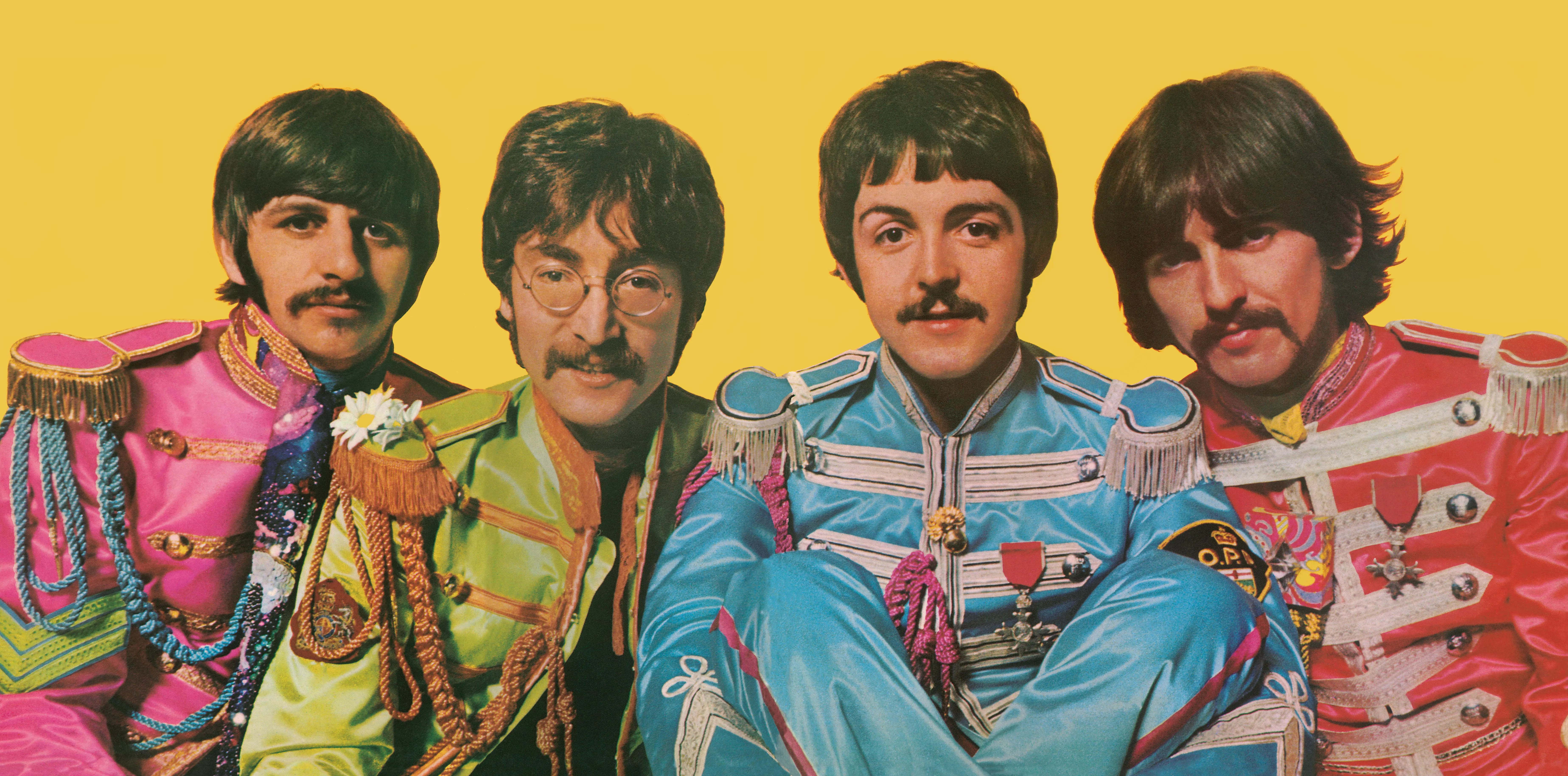
Inside gatefold cover for "Sgt Pepper's Lonely Hearts Club Band"
Cover Art
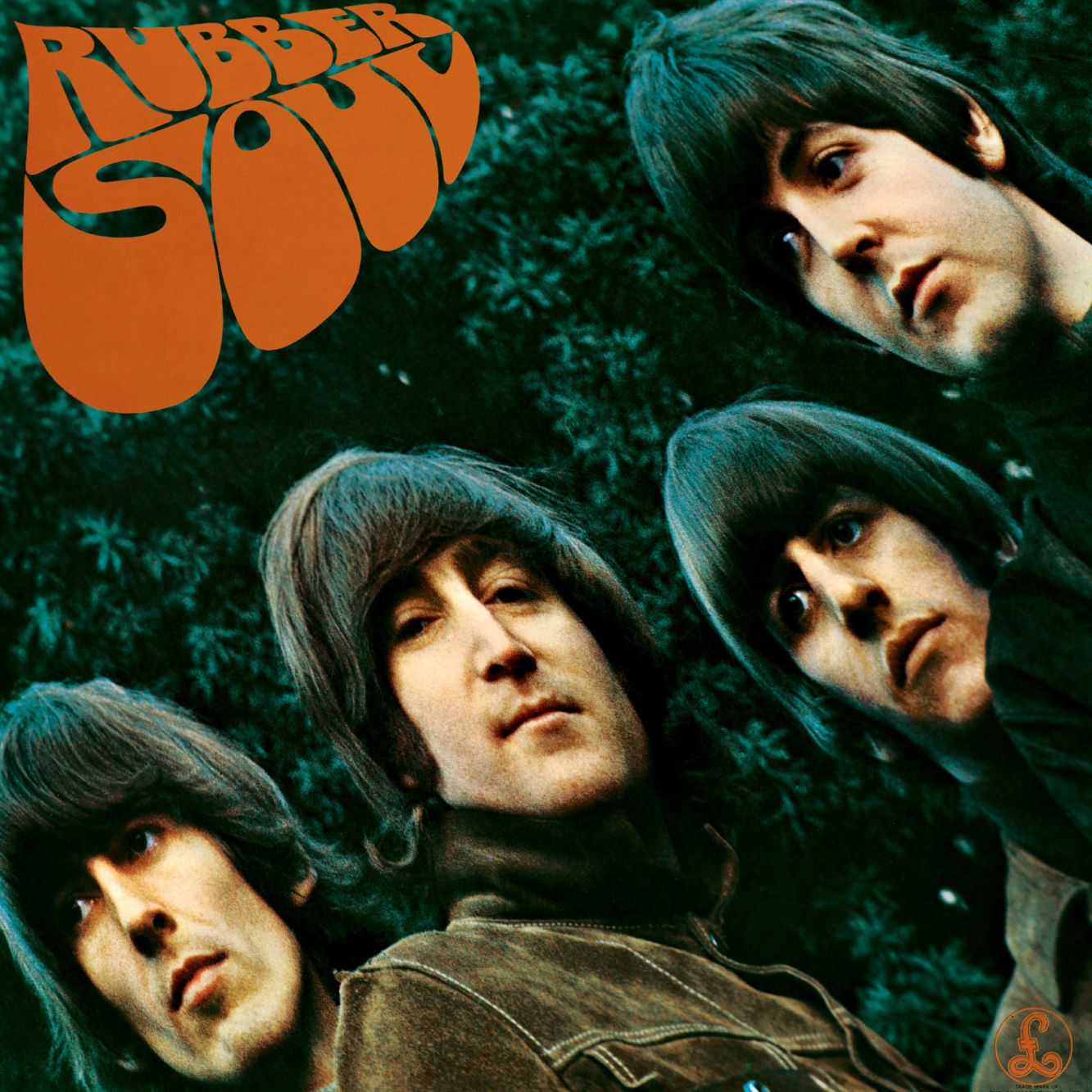 “The album was a big production, and we wanted the album sleeve to be really interesting,” remembers Paul McCartney. “Everyone agreed. When we were kids, we’d take a half-hour bus ride to Lewis’s department store to buy an album, and then we’d come back on the bus, take it out of the brown paper bag and read it cover to cover…You’d read them and you studied them. We liked the idea of reaching out to the record-buyer, because of our memories of spending our own hard-earned cash and really loving anyone who gave us value for money. So, for the cover, we wouldn’t just have our Beatle jackets on, or we wouldn’t just be suave guys in turtlenecks (looking like we did on ‘Rubber Soul’). It would now be much more pantomime, much more ‘Mr. Bojangles.’” “The album was a big production, and we wanted the album sleeve to be really interesting,” remembers Paul McCartney. “Everyone agreed. When we were kids, we’d take a half-hour bus ride to Lewis’s department store to buy an album, and then we’d come back on the bus, take it out of the brown paper bag and read it cover to cover…You’d read them and you studied them. We liked the idea of reaching out to the record-buyer, because of our memories of spending our own hard-earned cash and really loving anyone who gave us value for money. So, for the cover, we wouldn’t just have our Beatle jackets on, or we wouldn’t just be suave guys in turtlenecks (looking like we did on ‘Rubber Soul’). It would now be much more pantomime, much more ‘Mr. Bojangles.’”
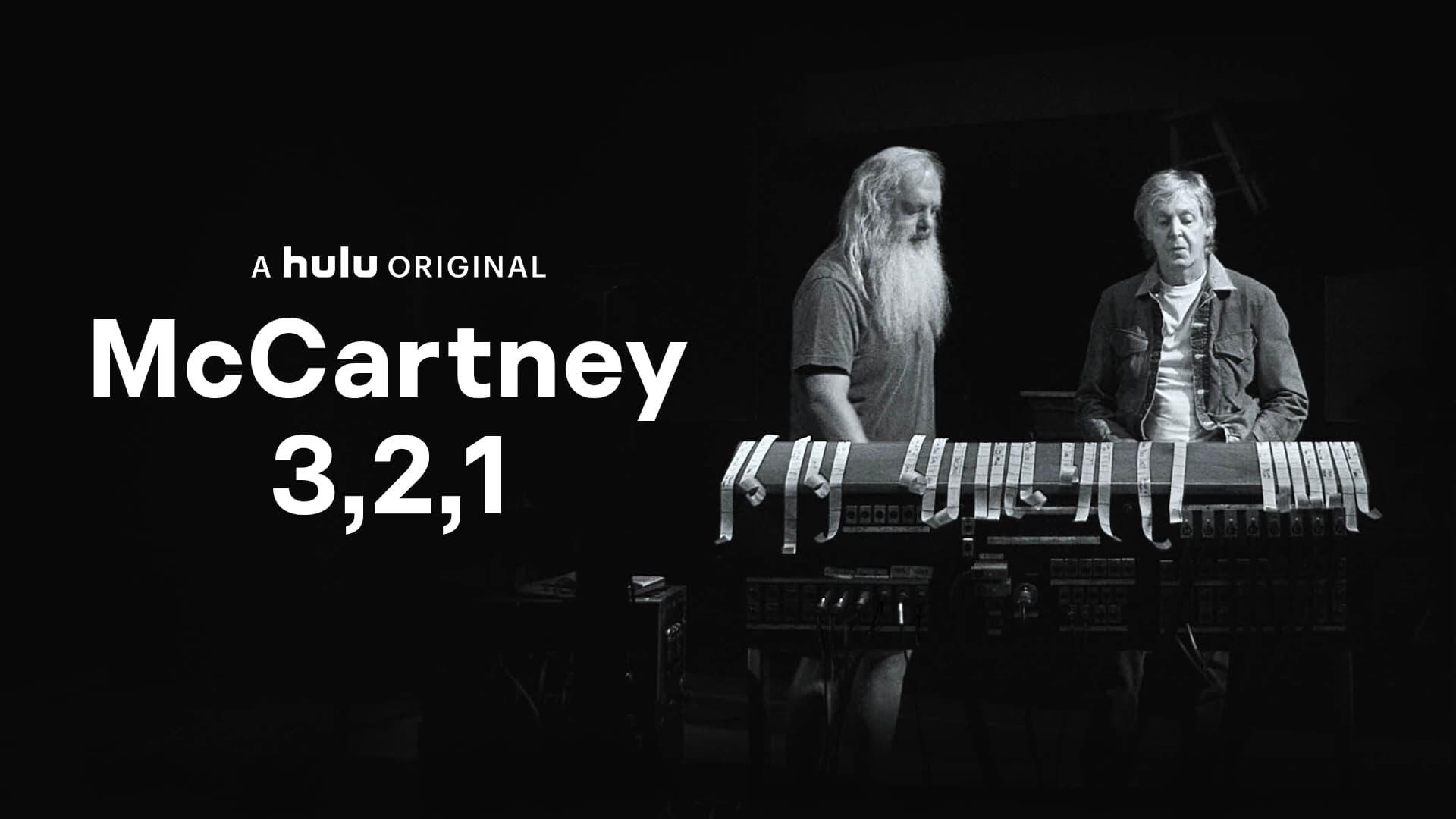 Paul elaborates further in his 2021 Hulu series "McCartney 3,2,1" "The sort of thing I was thinking at the time, and I knew the others thought similarly, was that when we'd been in Liverpool and you bought an album, it was a huge event, actually buying a vinyl album 'cause you, number one, you'd have to save up lots of money to get it. Then I had a half-hour bus ride. So you'd take it out of its brown paper bag and you'd study it on the way home, and you'd read every little liner note and every little photo. So we wanted to do something that was really value for money, that if you were on that bus ride, you'd need a few bus rides to check this thing out." Paul elaborates further in his 2021 Hulu series "McCartney 3,2,1" "The sort of thing I was thinking at the time, and I knew the others thought similarly, was that when we'd been in Liverpool and you bought an album, it was a huge event, actually buying a vinyl album 'cause you, number one, you'd have to save up lots of money to get it. Then I had a half-hour bus ride. So you'd take it out of its brown paper bag and you'd study it on the way home, and you'd read every little liner note and every little photo. So we wanted to do something that was really value for money, that if you were on that bus ride, you'd need a few bus rides to check this thing out."
 Starting with some sketches from McCartney of The Beatles in uniform receiving the keys to the city by the mayor surrounded by pictures of famous people in front of a floral clock, Paul decided to ask advice to develop the idea further. “We got artistic people involved,” Paul adds. “I was very good friends with Robert Fraser, the London art dealer; a guy with one of the greatest visual eyes that I’ve ever met." Starting with some sketches from McCartney of The Beatles in uniform receiving the keys to the city by the mayor surrounded by pictures of famous people in front of a floral clock, Paul decided to ask advice to develop the idea further. “We got artistic people involved,” Paul adds. “I was very good friends with Robert Fraser, the London art dealer; a guy with one of the greatest visual eyes that I’ve ever met."
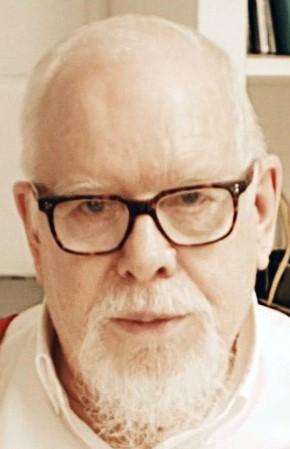 McCartney continues: "I took the whole album cover idea to him. He represented the artist Peter Blake, and he was very good friends with the photographer Michael Cooper. Robert said, ‘Let Michael take some pictures. We’ll get Peter to do the background, and then we’ll collage it all together.’” McCartney continues: "I took the whole album cover idea to him. He represented the artist Peter Blake, and he was very good friends with the photographer Michael Cooper. Robert said, ‘Let Michael take some pictures. We’ll get Peter to do the background, and then we’ll collage it all together.’”
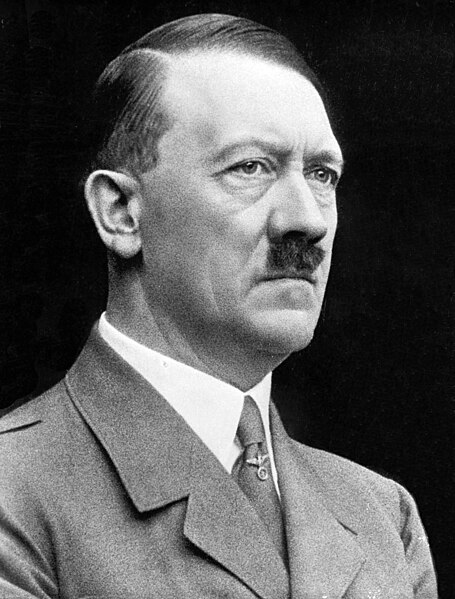 With the floral clock and the "keys to the city" idea scrapped, all that needed to be decided was the selection of people that would be present in the background of the photo. “I remember being in the studio,” recalls Beatles' roadie Neil Aspinall, “and everybody was asking ‘Who do you want in the band?’ All these crazy suggestions were coming out.” George states: “I still have no idea who chose some of those people. I think Peter Blake put a lot of the more confusing people in there. It was just a broad spectrum of people. The ones I wanted were people I admired. I didn’t put anybody on there because I didn’t like them (unlike some people…)” “John wanted a couple of far-out ones like Hitler and Jesus,” Paul remembers, “which was John just wanting to be bold and brassy.” With the floral clock and the "keys to the city" idea scrapped, all that needed to be decided was the selection of people that would be present in the background of the photo. “I remember being in the studio,” recalls Beatles' roadie Neil Aspinall, “and everybody was asking ‘Who do you want in the band?’ All these crazy suggestions were coming out.” George states: “I still have no idea who chose some of those people. I think Peter Blake put a lot of the more confusing people in there. It was just a broad spectrum of people. The ones I wanted were people I admired. I didn’t put anybody on there because I didn’t like them (unlike some people…)” “John wanted a couple of far-out ones like Hitler and Jesus,” Paul remembers, “which was John just wanting to be bold and brassy.”
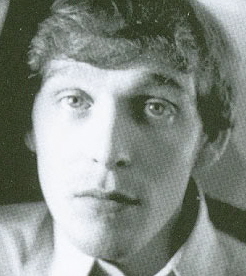 Nonetheless, all The Beatles (except Ringo who was happy with whoever the others picked) put in their suggestions, as well as artist Peter Blake. “Mal (Evans) and I went to all the different libraries,” stated Neil Aspinall, “and got prints of them, which Peter Blake blew up and tinted. He used them to make up the collage, along with the plants and everything else you see on the cover.” Nonetheless, all The Beatles (except Ringo who was happy with whoever the others picked) put in their suggestions, as well as artist Peter Blake. “Mal (Evans) and I went to all the different libraries,” stated Neil Aspinall, “and got prints of them, which Peter Blake blew up and tinted. He used them to make up the collage, along with the plants and everything else you see on the cover.”
 With Harrison picking Indian gurus Babaji and Paramahansa Yogananda, Lennon picking Albert Stubbins, Aldous Huxley, Stuart Sutcliffe and others, Paul picking William Burroughs, Marlon Brando, Fred Astaire, Stockhausen and others, and artist Peter Blake choosing W.C. Fields, Tony Curtis, Shirley Temple and others, the crowd of icons was chosen. However, EMI chairman Sir Joseph Lockwood objected to the whole idea of this crowd, fearing potential lawsuits. With Harrison picking Indian gurus Babaji and Paramahansa Yogananda, Lennon picking Albert Stubbins, Aldous Huxley, Stuart Sutcliffe and others, Paul picking William Burroughs, Marlon Brando, Fred Astaire, Stockhausen and others, and artist Peter Blake choosing W.C. Fields, Tony Curtis, Shirley Temple and others, the crowd of icons was chosen. However, EMI chairman Sir Joseph Lockwood objected to the whole idea of this crowd, fearing potential lawsuits.
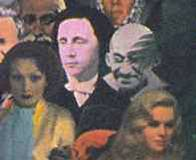 “They’ll all be pleased to be on it,” Paul told the chairman, adding: “What you should do is ring them all and ask ‘em!” With manager Brian Epstein’s office in charge of contacting the parties involved, the majority consented to their likeness gracing the cover of the latest Beatles album. Lockwood did insist on omitting Mahatma Gandhi from the line-up and, with this compromise agreed upon, the cover was approved. “They’ll all be pleased to be on it,” Paul told the chairman, adding: “What you should do is ring them all and ask ‘em!” With manager Brian Epstein’s office in charge of contacting the parties involved, the majority consented to their likeness gracing the cover of the latest Beatles album. Lockwood did insist on omitting Mahatma Gandhi from the line-up and, with this compromise agreed upon, the cover was approved.
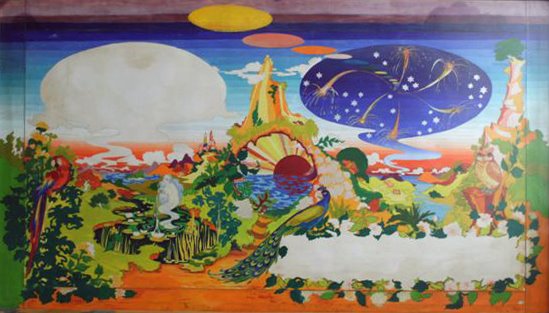 A gate-fold cover was then decided upon, although the idea of having an artistic creation by the Dutch group The Fool gracing the inside cover was thrown out in favor of a blown-up Michael Cooper cropped photo of The Beatles in their Sgt. Pepper uniforms. The back cover, a first for a pop record, contained the lyrics to all of the album's songs, despite the pleas from the music-publishing company, who felt that this would diminish the sales of sheet music. The Beatles got their way. A gate-fold cover was then decided upon, although the idea of having an artistic creation by the Dutch group The Fool gracing the inside cover was thrown out in favor of a blown-up Michael Cooper cropped photo of The Beatles in their Sgt. Pepper uniforms. The back cover, a first for a pop record, contained the lyrics to all of the album's songs, despite the pleas from the music-publishing company, who felt that this would diminish the sales of sheet music. The Beatles got their way.
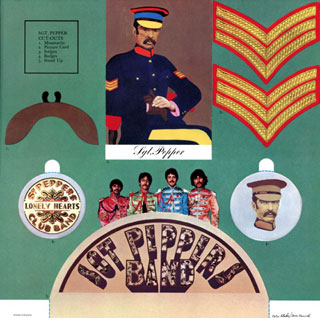 But that wasn’t all! “We wanted to pack it with goodies,” Paul insisted. “One of the ideas was to have an envelope and in it we were going to have things like they used to hand out in comics: we wanted transfers that you could stick on yourself, because we had those when we were kids. It was all childhood memories.” This later evolved into an included sheet with a cut-out fake moustache, picture card, stripes, badges and a stand up image of the group behind a Sgt. Pepper logo. But that wasn’t all! “We wanted to pack it with goodies,” Paul insisted. “One of the ideas was to have an envelope and in it we were going to have things like they used to hand out in comics: we wanted transfers that you could stick on yourself, because we had those when we were kids. It was all childhood memories.” This later evolved into an included sheet with a cut-out fake moustache, picture card, stripes, badges and a stand up image of the group behind a Sgt. Pepper logo.
All in all, this was quite an elaborate package for a pop album in 1967. The Beatles were clearly involved in all aspects of their releases at this point, fighting all the way to get what they wanted. And with their proven money-making clout, EMI reluctantly bowed to their wishes.
Success Of The Album
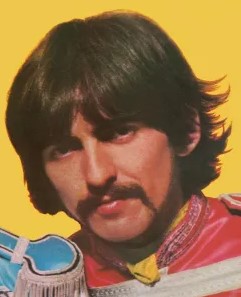 It seems that the world was on "pins and needles" waiting for what The Beatles were concocting while locked up in EMI Studios (as well as other locations) out of public view for nearly the first half of 1967. Having full access to the studios, time no longer any factor, they worked until all involved were completely satisfied with the project at hand, no matter how long that may have been. It seems that the world was on "pins and needles" waiting for what The Beatles were concocting while locked up in EMI Studios (as well as other locations) out of public view for nearly the first half of 1967. Having full access to the studios, time no longer any factor, they worked until all involved were completely satisfied with the project at hand, no matter how long that may have been.
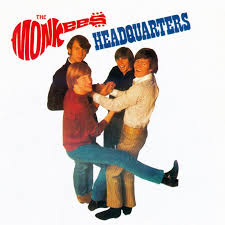 However, while The Beatles were creating their new masterpiece, American audiences (as well as those in Britain and many other countries) had their attention diverted to another “mop top” group that had seemed to have taken over, namely The Monkees. With the help of a television show that captured the hearts of young audiences, their singles raced to the top of the charts and their quickly released albums broke all records on the album charts – their first two albums, both released during The Beatles hiatus, concurrently topped the US Billboard album chart for a total of 31 straight weeks. Their third album, “Headquarters,” also beat The Beatles to the top of the American Billboard album charts in June of 1967. Affectionately termed by the media as “Monkeemania,” this fresh new phenomena, it was projected, could have toppled the empire built by The Beatles during the previous three years. However, while The Beatles were creating their new masterpiece, American audiences (as well as those in Britain and many other countries) had their attention diverted to another “mop top” group that had seemed to have taken over, namely The Monkees. With the help of a television show that captured the hearts of young audiences, their singles raced to the top of the charts and their quickly released albums broke all records on the album charts – their first two albums, both released during The Beatles hiatus, concurrently topped the US Billboard album chart for a total of 31 straight weeks. Their third album, “Headquarters,” also beat The Beatles to the top of the American Billboard album charts in June of 1967. Affectionately termed by the media as “Monkeemania,” this fresh new phenomena, it was projected, could have toppled the empire built by The Beatles during the previous three years.
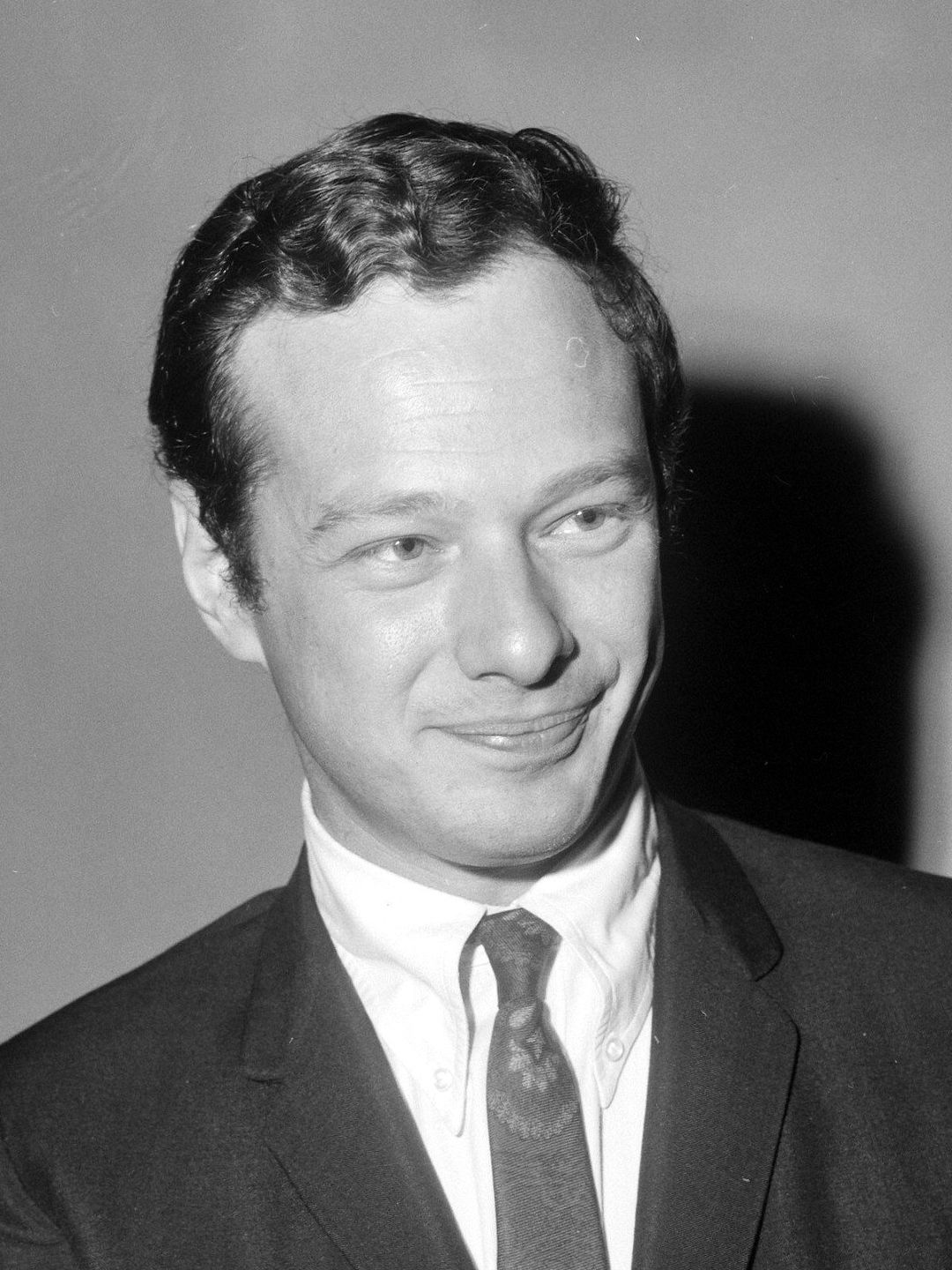 Brian Epstein recognized this and quickly arranged for the “Strawberry Fields Forever / Penny Lane” single to be rush-released. While this amazing product did blip up to the top of the US singles chart for a week, it was hardly enough to sway the youth of America away from their latest pin-up faces of Micky, Davy, Mike and Peter. Would all of The Beatles’ hard work in the studio be in vain? Brian Epstein recognized this and quickly arranged for the “Strawberry Fields Forever / Penny Lane” single to be rush-released. While this amazing product did blip up to the top of the US singles chart for a week, it was hardly enough to sway the youth of America away from their latest pin-up faces of Micky, Davy, Mike and Peter. Would all of The Beatles’ hard work in the studio be in vain?
 John Lennon, for one, wasn’t worried at all. When asked in 1967 about this current new sensation, he exclaimed: “The Monkees? Great, man. Let ‘em dig The Monkees. Let ‘em all dig their cuddly mop-tops till they change their minds. The Monkees are up there to be screamed at. We’re busy now, just living, and we’re in such a groove! I don’t want to be a mop-top. For those who want mop-tops, The Monkees are right up there, man!” John Lennon, for one, wasn’t worried at all. When asked in 1967 about this current new sensation, he exclaimed: “The Monkees? Great, man. Let ‘em dig The Monkees. Let ‘em all dig their cuddly mop-tops till they change their minds. The Monkees are up there to be screamed at. We’re busy now, just living, and we’re in such a groove! I don’t want to be a mop-top. For those who want mop-tops, The Monkees are right up there, man!”
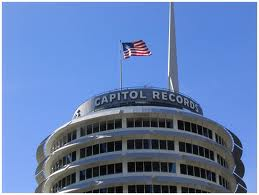 If they were even partially concerned, they needn’t be. Both British and American radio stations started playing tracks from the “Sgt. Pepper” album way before its release. A couple California stations were airing these songs in early May which prompted Capitol Records to procure a court injunction to prohibit radio broadcast of these songs before the prescribed date. This undoubtedly contributed to the advance order of over one million copies of the album in the US by late May. If they were even partially concerned, they needn’t be. Both British and American radio stations started playing tracks from the “Sgt. Pepper” album way before its release. A couple California stations were airing these songs in early May which prompted Capitol Records to procure a court injunction to prohibit radio broadcast of these songs before the prescribed date. This undoubtedly contributed to the advance order of over one million copies of the album in the US by late May.
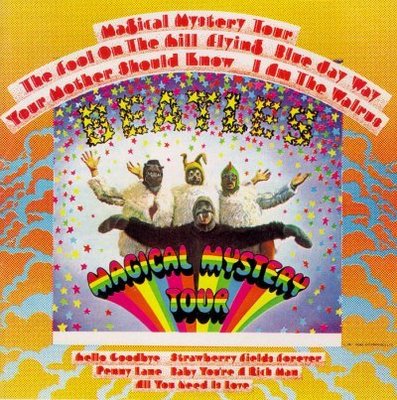 Then came June 2nd, 1967 – the official release date of the new album. By June 15th of that year, it was already certified as a gold record. The June 24th issue of Billboard Magazine showed the album debuting at #8 on the album chart. The very next week it was #1, dislodging the Monkees album “Headquarters” from the top spot. It then remained at #1 for 15 straight weeks and stayed in the top five through January 13th, 1968 while their follow-up American album, “Magical Mystery Tour,” was at #1. It has been reported that over 11 million copies of the album have been sold in the US, 32 million worldwide. The album also boasts four Grammy awards. The Beatles had once again captured the hearts of their audience. Then came June 2nd, 1967 – the official release date of the new album. By June 15th of that year, it was already certified as a gold record. The June 24th issue of Billboard Magazine showed the album debuting at #8 on the album chart. The very next week it was #1, dislodging the Monkees album “Headquarters” from the top spot. It then remained at #1 for 15 straight weeks and stayed in the top five through January 13th, 1968 while their follow-up American album, “Magical Mystery Tour,” was at #1. It has been reported that over 11 million copies of the album have been sold in the US, 32 million worldwide. The album also boasts four Grammy awards. The Beatles had once again captured the hearts of their audience.
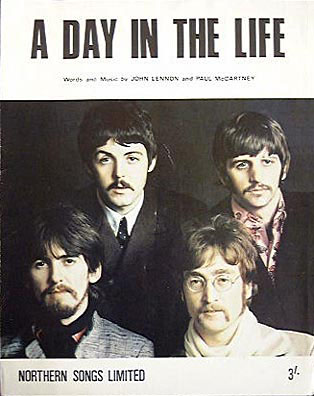 Not that statistical chart action and sales figures can tell the whole story. The cultural significance that has been attributed to “Sgt. Pepper’s Lonely Hearts Club Band” is also noteworthy of mention. Being dubbed the official soundtrack to the “summer of love,” it was a defining album of the emerging “psychedelic sound” of 1967, especially in reference to the album’s startling closing track “A Day In The Life.” The album’s somewhat open lyrical drug references, such as 'getting high' and 'turning on' (not to mention the proclaimed unintentional LSD reference in the initials to “Lucy In The Sky With Diamonds”) were noticed in droves by the media and listeners alike. While controversial in some circles, this more adult appearance of the “fab four” ultimately showed that they had indeed grown up. Not that statistical chart action and sales figures can tell the whole story. The cultural significance that has been attributed to “Sgt. Pepper’s Lonely Hearts Club Band” is also noteworthy of mention. Being dubbed the official soundtrack to the “summer of love,” it was a defining album of the emerging “psychedelic sound” of 1967, especially in reference to the album’s startling closing track “A Day In The Life.” The album’s somewhat open lyrical drug references, such as 'getting high' and 'turning on' (not to mention the proclaimed unintentional LSD reference in the initials to “Lucy In The Sky With Diamonds”) were noticed in droves by the media and listeners alike. While controversial in some circles, this more adult appearance of the “fab four” ultimately showed that they had indeed grown up.
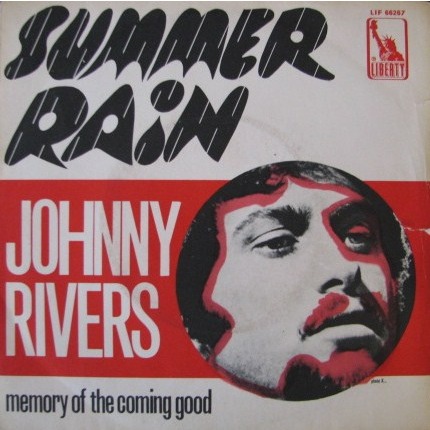 Once again not needing a single to promote the album (like the US release of “Rubber Soul” before it), it was so absorbed into the culture of the time that it was attested to in many areas. Not only have there been scores of similar or parodied album covers put on the market, the album has been paid tribute in song by other artists as well, such as the Johnny Rivers December 1967 hit “Summer Rain” which twice repeats how everybody “kept on playing Sgt. Pepper’s Lonely Hearts Club Band.” Without doubt, this legendary album perfectly encapsulates the free feeling of that special time. Once again not needing a single to promote the album (like the US release of “Rubber Soul” before it), it was so absorbed into the culture of the time that it was attested to in many areas. Not only have there been scores of similar or parodied album covers put on the market, the album has been paid tribute in song by other artists as well, such as the Johnny Rivers December 1967 hit “Summer Rain” which twice repeats how everybody “kept on playing Sgt. Pepper’s Lonely Hearts Club Band.” Without doubt, this legendary album perfectly encapsulates the free feeling of that special time.
Written and compiled by Dave Rybaczewski
CLICK ON THE SONG TITLES BELOW TO READ THE IN-DEPTH HISTORY OF THE SONGS ON "SGT. PEPPER'S LONELY HEARTS CLUB BAND"
|
IF YOU WOULD LIKE TO MAKE A DONATION TO KEEP THIS WEBSITE UP AND RUNNING, PLEASE CLICK BELOW!
Sign Up Below for our MONTHLY BEATLES TRIVIA QUIZ!
|